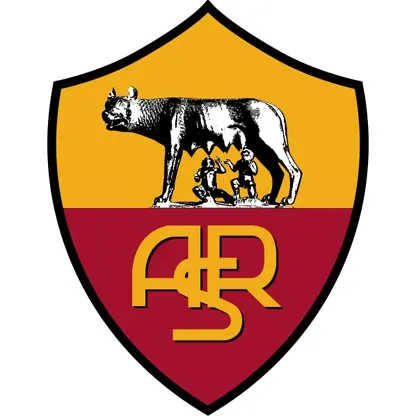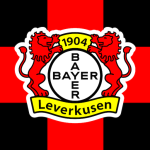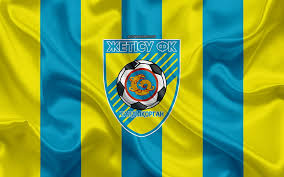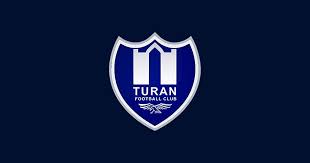AS Roma, officially known as Associazione Sportiva Roma, stands as one of Italy’s most iconic football clubs. Founded in 1927, the club represents the heart and soul of Rome, carrying the passion of the Eternal City onto the football pitch. With its distinctive maroon and orange colors, symbolizing the Roman imperial legacy, AS Roma has become a symbol of tradition, pride, and resilience in both Italian and European football.
Over nearly a century of existence, Roma has cultivated a reputation for passionate supporters, thrilling matches, and a deep connection to Roman culture. The club has produced legendary players, earned domestic titles, and maintained a loyal following across the globe. Today, AS Roma is not only a football club but also a brand recognized worldwide for its history and ambition.
The Founding and Early Years
AS Roma was established in July 1927 when three Roman clubs merged to form a single team strong enough to compete with northern giants like Juventus, Inter, and AC Milan. The vision was to create a football identity that truly represented the capital city. The wolf emblem, derived from the Roman myth of Romulus and Remus, quickly became a defining feature of the club’s badge and identity.
The early decades were marked by determination and gradual progress. Roma earned its first Serie A title in 1941–42, marking an early milestone that cemented its place in Italian football history.
The Golden Moments
While AS Roma has often competed in the shadows of more dominant northern clubs, the team has had glorious moments that elevated its reputation. The 1982–83 season remains historic as Roma clinched its second Serie A championship, led by iconic figures such as captain Agostino Di Bartolomei and coach Nils Liedholm.
Another unforgettable era came in the early 2000s when Roma, under Fabio Capello’s leadership, secured its third Serie A title in the 2000–01 season. With stars like Francesco Totti, Gabriel Batistuta, and Cafu, that squad became legendary in the hearts of supporters.
Roma has also won nine Coppa Italia titles and two Supercoppa Italiana trophies, highlighting its consistency in Italian football. On the European stage, the club reached the European Cup final in 1984 and more recently triumphed in the UEFA Europa Conference League in 2022, a historic achievement under José Mourinho that reignited hope for continental glory.
The Iconic Stadio Olimpico
AS Roma plays its home matches at the Stadio Olimpico, a stadium it shares with city rivals Lazio. With a capacity of over 70,000 seats, the Olimpico has hosted countless dramatic derbies, finals, and European nights. Located in the Foro Italico sports complex, the stadium embodies the energy of Roman football culture.
The Curva Sud, the section reserved for Roma’s most passionate ultras, is famous for breathtaking choreographies and unrelenting support. The atmosphere inside the Olimpico during big matches is widely regarded as one of the most intense in European football.
Legendary Figures
No story about AS Roma is complete without mentioning Francesco Totti, often referred to as “Il Capitano.” Totti spent his entire career at the club, making over 600 appearances and scoring more than 250 goals in Serie A. His loyalty, technical brilliance, and leadership made him a global icon.
Other legendary names include Daniele De Rossi, another one-club man who embodied Roman grit and spirit, as well as players like Aldair, Bruno Conti, and Cafu, who all left a lasting impact on Roma’s legacy.
In recent years, Roma has also seen stars such as Edin Džeko and Mohamed Salah shine before moving on to other European giants. Despite this, the club continues to nurture young talents and attract international players who carry forward its ambitions.
Rivalries and Passion
One of the most intense rivalries in world football is the Derby della Capitale, where AS Roma faces Lazio. This clash goes beyond sport; it reflects cultural, social, and historical divides within the city of Rome. The atmosphere of the derby is electric, filled with passion, pride, and fierce competition.
Beyond Lazio, Roma also shares rivalries with Juventus, AC Milan, and Inter Milan, clubs that frequently challenge for titles. Matches against these giants often determine Roma’s standing in Serie A and its European aspirations.
Recent Years and European Ambitions
The 2020s have seen AS Roma focusing on rebuilding and competing on the European stage. Under José Mourinho, the club captured its first-ever European trophy by winning the 2022 UEFA Europa Conference League. This victory not only gave fans a historic moment but also underlined Roma’s growing ambition to return to the top level of European football.
The club’s new ownership under the Friedkin Group has shown strong commitment to strengthening the squad, modernizing operations, and investing in infrastructure, including long-term plans for a new stadium project. These efforts aim to establish Roma as a consistent challenger domestically and internationally.
The Global Fanbase
AS Roma’s fanbase is among the most loyal and passionate in the world. While deeply rooted in the streets of Rome, the club also enjoys international recognition, especially in Asia, North America, and the Middle East. The digital era has allowed Roma to connect with millions of supporters worldwide, making the brand stronger than ever.
The club’s marketing strategy, social media presence, and community involvement further enhance its global appeal. Supporters identify with Roma not only for its football but also for its authenticity, culture, and values.
Youth Development and Future Prospects
Roma has a proud tradition of developing local talents through its youth academy. Players like Totti and De Rossi emerged from the Primavera setup, and the academy continues to produce promising talents who represent both the club and Italy at various levels.
Looking ahead, Roma’s strategy combines nurturing homegrown players with signing international stars who can deliver immediate results. With consistent management, modern facilities, and strategic investments, the club is poised to remain competitive in Serie A and beyond.
Conclusion
AS Roma is more than just a football club—it is a cultural institution that represents the pride of the Eternal City. With its historic achievements, legendary players, and passionate supporters, Roma continues to inspire generations of fans worldwide. The journey of AS Roma reflects resilience, ambition, and a never-ending quest for glory.
From the historic triumphs in Serie A to unforgettable European nights, the club remains a cornerstone of Italian football. As Roma looks to the future with ambition and determination, one thing is certain: the spirit of the wolf will continue to roar across the football world.




